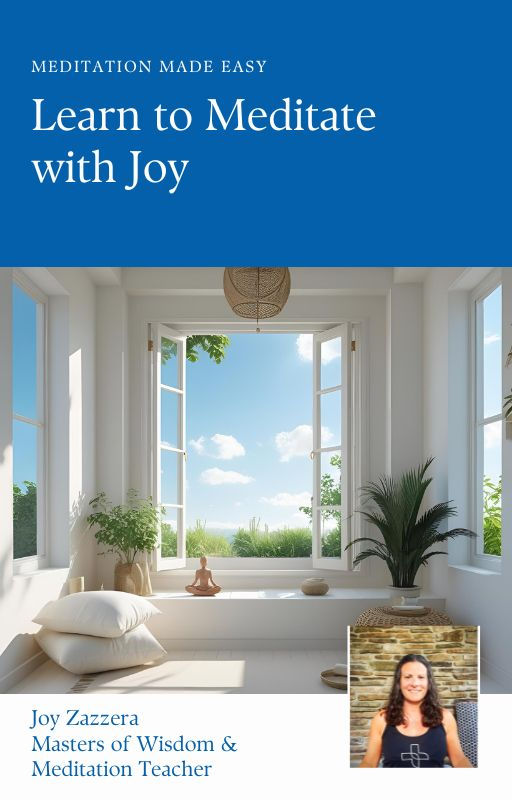What to Focus on in Meditation: The Art of Attention
- Joy Zazzera

- May 18
- 3 min read
Updated: Aug 24
Objects of your attention in meditation are specific focal points that gently guide your awareness whenever your mind wanders. This could be your breath, a mantra, or even a sacred or meaningful object. Their purpose is to anchor your awareness, helping shift the mind from activity to stillness and silence.
Among the many options for what to focus on in meditation, the breath is one of the most accessible and intuitive. Always available and ever-present, it offers a natural gateway into the art of attention. Simply observing the breath—without trying to change it—gently draws you into the present moment. Each inhale and exhale becomes a subtle cue to return to stillness, helping the mind observe rather than react. Over time, this builds patience, clarity, and emotional resilience. Breath awareness may be guided, using verbal prompts to support focus, or self-guided, attuned to your own inner rhythm. Neither is better—both are valuable tools for cultivating calm, presence, and mindful awareness.

Mantra meditation uses a sound, word, or phrase silently repeated to calm the nervous system , draw attention inward and support sustained attention. A mantra serves as a "mind vehicle," helping to settle mental chatter and awaken your connection to your most unconditioned self. The repetition of the mantra isn’t about the meaning of the word itself, but about its vibrational quality and rhythm. Davidji emphasizes that understanding the meaning of the mantra isn't necessary—its power lies in its consistent repetition and sound.
Here are five of my favorite mantras to repeat with during my meditation sessions:
English MantrasTo cultivate a desired inner-state of being
”(I am) Peace (I am) Still + Strong (I am) Tranquil
English Mantra Phrases Paired with Breath Flow
(While Inhaling) “Breathing In, Breathing Out” While Exhaling
(While Inhaling) “I Am, Enough” (While Exhaling)
(While Inhaling) “I Am, Peace” (While Exhaling)
Single Sanskrit Words as Mantras
Ōm
Mōksha
Ritam
Yogastha (Yoga-stah)
Sanskrit Mantras
“Ōm Mōksha Ritam”
Ōm (Sound of the Universe) Mōksha (Emotional Well Being) Ritam (Rhythm of the Universe) - Translates to I Am the Universe. By chanting or mentally repeating "Om Moksha Ritam," practitioners can cultivate a sense of peace, clarity, and connection to something larger than themselves.
“Yogastha Kuru Karmani”
Yogastha (Equipoised) Kuru (Perform) Karmani (Action, Duties) - Translates to Establish yourself in the present moment, and then perform action. By chanting or mentally repeating “Yogastha Kuru Karmani" practitioners can cultivate equanimity through a sense of duty without being concerned with or attached to results.
“Sat Chit Ananda” Sat (Truth) Chit (Knowledge) Ananda (Bliss) - Translates to the representation of the ultimate reality of existence and pure joy; recognizing that which you already are but, were not noticing because your attention was on arising thoughts. Helps cultivate self-confidence
Thoughts, sounds, and sensations are all natural parts of meditation—not distractions, but reminders to return. Davidji teaches that the act of gently guiding your attention back to your chosen focal point is the practice itself. This repeated return builds present-moment awareness, calm, and inner peace.
In essence, your object of attention is the anchor that steadies you through the ebb and flow of thoughts, guiding you home to stillness, clarity, and a deeper connection with yourself.

👉 Want more expert guidance on developing a confident meditation practice?
Download my free digital Ebook, “Meditation Made Easy: Learn to Meditate With Joy,” and get instant access to the guide with a bonus Step-by-Step Daily Practice Guide included—just subscribe with your email to receive it all!
References
Davidji, Secrets of Meditation. Hayhouse, 2012.
Davidji, Masters of Wisdom & Meditation Teacher Training Manual & Lecture Notes. Davidji Meditation Academy, 2025.







Comments